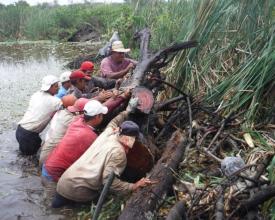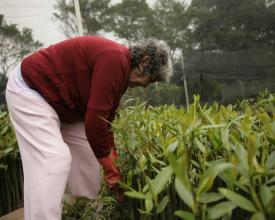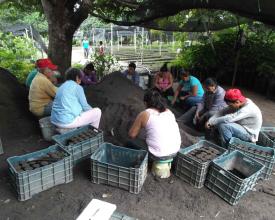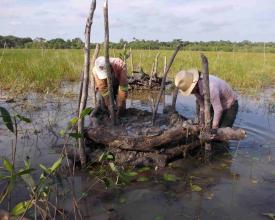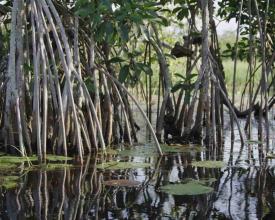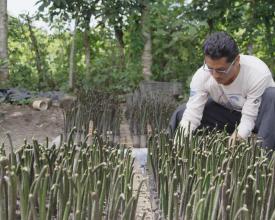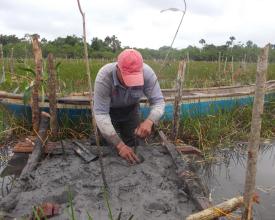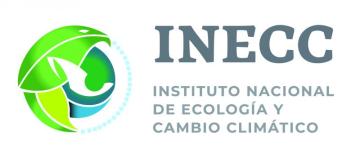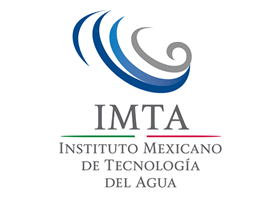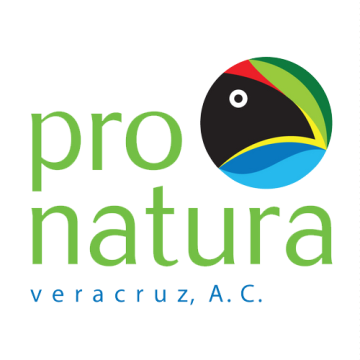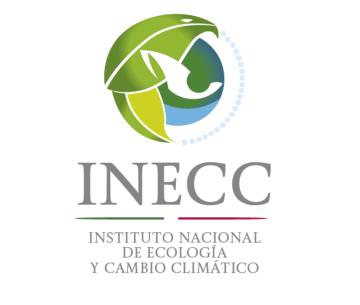
Restoring mangroves in communal and private land supported by government management schemes
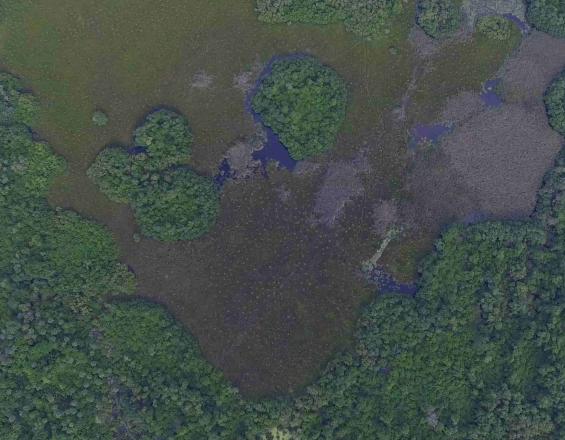
The Alvarado Lagoon System area in Veracruz is the second largest mangrove zone in the Gulf of Mexico, providing various benefits such as water provision, disaster risk reduction, and habitat for species. The solution focuses on improving the quality of the mangrove ecosystem to strengthen its resilience to climate change and anthropogenic impacts. The use of two government schemes - private conservation areas & communal environmental management areas - for the protection and sustainable use of mangroves has been fundamental to enhance the restoration of a considerable area of wetlands (25 ha); activities have included reforestation, channel maintenance and restoration of water flows. Local communities and project participants received financial incentives for participating in awareness, restoration and management activities; they also received training and strengthened their technical capabilities on restoration, conservation and management of mangrove ecosystems.
Context
Challenges addressed
- Hurricanes and storms affect local communities and spread river pollution related to agricultural activities as well as the sugar and oil industries that are located upstream, causing water pollution and the decrease of fish production
- Occational droughts affect the water cycle
- Agricultural activities (e.g. cattle ranching and sugarcane plantations) lead to the degradation of ecosystems; wetlands are dryed up by farmers
- The maintenance of long term funding is a great challenge if all the activities related to the rehabilitation, vigilance and monitoring of the mangroves ecosystem are meant to continue in the medium-long term
- Investment in staff, infrastructure and technical equipment is key but limited
Location
Process
Summary of the process
The first building block "Evidence-based mangrove restoration and reforestation" and second building block "Using government schems for sustainable management of private and community land" work together. Building block 1 focuses on recovering the ecosystem and its basic functions, while building block 2 provides institutional support and available land to strengthen the institutional and technical aspects of restoration of the local mangrove ecosystem. The third and fourth building blocks link restoration work with some examples of sustainable management and diversification of livelihoods.
Building Blocks
Evidence-based mangrove restoration and reforestation
By making an alliance with a local civil association with a permanent presence in the area, INECC was able to better focus human and economic resources on the reforestation of 25 hectares of mangroves and the 3km clearing of channels for the restitution of the water flows of the wetland.
Mangrove reforestation was carried out using the "chinampas" technique (1 x 1m floating mud mounds) which served as a platform for the optimum growth of mangrove seedlings.
This technique, previously used in other neighboring areas, includes an ecological monitoring phase as well as geo-referenced photographic monitoring points to identify the evolution of the monthly growth of the seedlings in each of the almost six thousand established chinampas.
In addition, the direct participation of the communities in the activities provided empirical knowledge about the particularities of the land, and essential labor to dig open, by hand, the channels. The combination of technical and empirical knowledge has created evidence for the ecological modification of the landscape: the establishment of the chinampas has elevated the topography of the site, and the hydrological flows have brought nutrients and oxygen, creating ecological niches that the species occupy to restore the trophic chain.
Enabling factors
- Permanent and committed support from local NGOs with experience in community-based social work and in-depth knowledge of the area;
- Sufficient economic and human resources to be able to employ local communities to carry out rehabilitation work;
- Sufficient experience and empirical knowledge to be able to implement the technique of "chinampas";
- Available land under protection schemes, to carry out wetland management and conservation strategies.
Lesson learned
- Per-diem payments to community members as an incentive for taking part in adaptation project implementation (restitution of mangroves and hydrological flows) have been considered by some of the project implementers as a successful way of ensuring active participation, and can work well and augment marginal incomes. The risks of relying on this approach, however, is that the strategy becomes unsustainable if the source of money dries up and active community participation become predicated on the receipt of payments for participating.
- Problems for mangrove systems can be exacerbated by climatic events such as tropical storms that destroy parts of the mangrove. However, equally serious chronic problems can be caused by upstream activities, such as a reduction in river flows, due to the excessive extraction of water for agroindustrial and livestock purposes, which increase the problems of salinity and pollution in the mangrove system.
Using government schemes for sustainable management of private and community land
Taking advantage of project funds, and the existence of two government schemes to support sustainable management and protection:
i) Private Protection Areas (APC, for its acronym in Spanish), and
ii) Environmental Management Units (UMA, for its acronym in Spanish).
In Veracruz, the APCs represent a scheme of voluntary conservation, in which the local population joins the efforts of the state to strengthen the protected natural spaces of the region. At the APC "El Pajaro", INECC together with the local grassroots organizations initiated a series of actions to manage 25 ha of mangroves. The strategy involved participatory work with the people of the communities to increase awareness of what it means to have a healthy mangrove, and continued with capacity development activities on how to manage it.
The management plans for the UMA of the mangrove ecosystem owned by the Tarachi ejido (local government unit) included the provision of equipment and infrastructure, and training to carry out the following activities:
i) reforestation with native species;
ii) establishment of a conservation protocol and standards to be followed by local communities; iii) establishment of guidance on economic activities that could be developed without affecting the ecosystem.
Enabling factors
- Sufficient economic and human resources to be able to employ local communities to carry out rehabilitation work;
- Support of the community to maintain the improvements that have been achieved in the wetland;
- Sufficient evidence to demonstrate to the communities that the collective work carried out in the APC and the UMA is bringing broader benefits for the areas and activities adjacent to said management units.
Lesson learned
- Private Protection Areas (APCs) need to offer greater benefits to land owners who join voluntarily.
- Project activities can set a good precedent for encouraging the state to strengthen existing management schemes;
- The APCs can function as spaces of experimentation in good practices, but it is necessary to involve both the community and the local authorities;
- Good management of the NGO network and the long-term presence of field workers necessary for capacity development is essential;
Building grey & green infrastructure to combine cattle raising and hydrological fluxes
"Without a good water flow, no mangrove system can sustain itself" - said a local NGO field expert. Hence it is important not only to open channels to restore water flows, but also of keeping alive the dynamics of these flows in the long term. One of the activities that most affects wetlands is livestock. The farmers, seeking to provide firm ground for their cows, cover the channels and drain water bodies. In doing so, cattle farming has been affecting marshes and mangroves directly or indirectly. On way to reduce the impact of this activity is to combine the productive interests of the multiple farmers in the area, with the protection of water flows, by building three elevated bridges in piles for the passage of livestock in strategic sites. Also, "living fences" were established around the reforestation areas to keep the area safe. For these fences, plants and trees of economic use were used for the benefit of the communities.
Enabling factors
- Awareness-raising about the importance of maintaining the hydrological flux while continuing to raise cattle in the rehabilitated area;
- Innovation-friendly local producers who are willing to be the first ones to modify their practices
Lesson learned
- Creating and maintaining channels within the mangrove system for facilitating natural flows between salt- and freshwater sources is a key component for reducing salinization problems, as well as making sure that a healthy mangrove is maintained;
- Conservation and livelihoods are two sides of a same coin. For those ecosystems in which communities live, you cannot have one without the other.
- It is better to be realistic and keep in mind that productive activities will not disappear from the area, so it is better to combine impact activities such as livestock with restoration activities and maintenance of hydrological flows. Being flexible can bring many more benefits.
Promotion of livelihoods diversification and food security
The aim of this building block was to promote diversification of families´income and their sources of food through the reforestation of riparian zones using fruit trees and other species of economic importance. People from participating communities were trained on nursing and looking after young plants. In particular, women´s groups were the ones who were trained to carry out delicate activities of caring for seedlings and planting them.
Enabling factors
- Good knowledge on the area, the community, and its people´s needs so that support is better directed to support local ways of life;
- Nurseries that have been stablished for the development of specific plants of economic and nutritional importance
- Innovation-friendly local producers who are willing to be the first ones to modify their practices
- Committed and consistent support from experienced, local NGOs
Lesson learned
- Capacity development to support the diversification of food and income sources was deemed to be more important for the long-term sustainability of the solution than capacity development through conditional monetary transfers. This is because the former can drive active participation in the solution in the long-term, especially when, as in this project, awareness-raising about the importance of ecosystems for livelihoods and wellbeing has been a success.
Impacts
- Inner lagoon mangrove ecosystems have experienced an unprecedented rehabilitation
- 25 hectares of wetlands have been restored
- 3 kilometers of canals have been manually cleared and restored
-
484 land owners participated in the management scheme, Private Conservation Areas (APC) covering an area of 20,564 hectares
- Several communities and "ejidos" (local administrative unit), and private owners have obtained a management plan for their areas under governmental schemes of sustainable management and protection
- Awareness of local stakeholders on the impacts of climate change and the importance of conserving and sustainably managing wetland ecosystems was significantly strenthened
- The communities have received technical training on mangrove reforestation related to the "chinampas" (floating vegetation bed) technique and have strengthend their technical capacities and know-how
- Community members were engaged in the design of adaptation measures in an effort to enhance ownership. The project closed in 2016 and adaptation measures are being sustained by local communities
- Increased income sources for local communities via employment on ecosystem restoration.
- Livestock farmers are supported to reduce their environmental impact on the water cycle by improved green-grey infrastructure.
Beneficiaries
- Local communities (e.g. women groups) and landowners benefit from mangrove management and are employed when more restoration work is needed in the area
- Local farmers (e.g. livestock herders)
Sustainable Development Goals
Story
The Alvarado Lagoon System area in Veracruz is the second largest mangrove zone in the Gulf of Mexico. It is also an important economic area covering an oil extraction zone, sugar and livestock production; these activities pose serious impacts in terms of water and soil contamination that affect the health of people and wetlands. The solution focused on improving the quality of the mangrove ecosystems to strengthen its resilience to these anthropogenic impacts, including the drying up of wetlands by farmers in these areas.
Making use of two government schemes related to sustainable natural resources management, the project sought to include a greater number of actors, and their lands, within a sustainable managemen strategy. The first scheme, Private Conservation Areas (APC), created by the state government of Veracruz has integrated 484 owners, covering an area of 20,564 hectares, under management schemes. The solution worked with one of these APC called "El Pájaro" to carry out mangrove reforestation actions using an innovative "chinampas" technique through the formation of chinampas (floating vegetation beds) to support the seedlings and increase the chances of their establishment. The long term work of local NGOs in this area provided a source of technical knowledge and experience about the topography and hydrography (microflow) of the wetlands of the area, as well as in the proper way to restore wetlands with different levels of degradation. This considerably influenced the success of the reforestation and other management activities with the communities near the APC. Taking advantage of the availability of economic resources from the project, people from the surrounding communities took part in training on the use of the chinampas technique, as well as in the reforestation and manual clearing of 3 km of canals.
Under the second scheme, the Environmental Management Units (UMA) scheme, the elaboration of a mangrove management plan was implemented for the communal lands of the El Tarachi ejido (local administrative unit).

